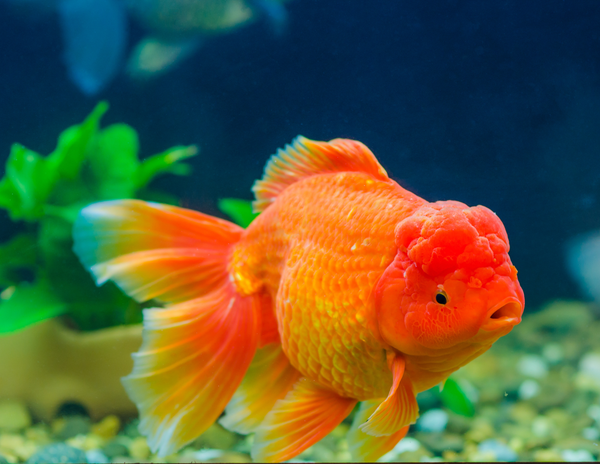Cats have mystified and entertained humankind since the days of ancient Egypt, and for good reason – they are enigmatic creatures, independent yet affectionate, with habits and behaviors that are as varied as they are puzzling. This article is a deep-dive into decoding those mysteries and understanding the subtle language of feline behavior.
The Midnight Sprinter: Why Cats are Nocturnal Athletes
Have you ever been jolted awake in the middle of the night by the sound of your cat sprinting across the house like it's competing in the Kitty Olympics? Unlike humans, who are diurnal creatures, cats are what's known as crepuscular, meaning they're most active during the dawn and dusk. This is an evolutionary trait that helped their wild ancestors hunt at twilight, when prey was most abundant.
To keep your feline friend's active hours from interrupting your sleep, encourage play and interaction during the evening, before you hit the hay. A tired kitty is a content kitty, one more likely to curl up at your feet rather than bounce off the walls.

Purring: The Mysterious Mechanism of Contentment
Is there a more soothing sound than the rumbling purr of a happy cat? While it's true that most cat owners interpret purring as a sign of contentment, a cat's purr is actually a complex system of vibrations that can signify a range of emotions, including fear, pain, and even hunger.
Studying the context in which your cat purrs can help decipher its meaning. For instance, if your cat is purring while it's at the vet, it may be trying to soothe itself in an unsettling environment. Conversely, if it's purring while snuggled in your lap, then it's likely the happiness is genuine.

The Window Watcher: The Fascination with the Outside World
Few things will captivate a house cat like a bird flitting by a window. Even if your cat has never set foot outside, its ancestors' instincts prompt them to keep an eye on any potential prey. Giving your cat access to window perches can help satisfy this natural curiosity without the risks of outdoor exposure.
Window watching also serves as environmental enrichment, a term used to describe the ways in which you can create a stimulating and engaging indoor world for your cat. Add a bird feeder just outside the window, and you've created a full-blown cat TV channel.

The Laser Pointer Conundrum: What's the Appeal?
For a cat, the allure of a laser pointer is pure instinctual joy. The sudden movement of the light replicates the quick, erratic movements of prey, triggering your cat's hunting response. However, because the light is uncatchable, it can lead to frustration if not followed by a tangible "capture."
To make laser play more fulfilling, always follow up with an interactive toy that your cat can "catch." This not only provides a satisfactory conclusion to the hunt but also ensures your cat isn't left with unresolved energy.

The Box Lover: Unearthing the Fascination with Enclosed Spaces
If there's a box in your house, you can bet that your cat will find it – and sit in it. Boxes offer cats a sense of security and a safe place to observe the world without feeling the threat of being watched. This behavior can also be a temperature thing – cats love to stay warm, and a cozy box provides a perfect insulated space.
Understanding the appeal of boxes can help you to offer your cat similar secure spaces, such as covered beds or climbing trees that provide a high vantage point to survey their domain.

The Art of Kneading: More Than Just Making Bread
When your cat is kneading your lap, they are actually displaying a comforting behavior that they typically reserve for kittenhood. Nursing kittens knead their mother's belly to stimulate the flow of milk, associating the movement with the comfort and security provided by nursing. Cats often retain this behavior into adulthood, especially in comfortable or happy settings, as a way of demonstrating their contentment. Additionally, kneading can sometimes be influenced by hormonal changes, particularly in female cats, as a way of signaling their readiness to mate. Nevertheless, it's a deep-seated instinct that's as adorable as it is endearing.

Behold, the Mighty Hunter: Presenting Prey as a Gesture of Love
Many a cat owner has woken to find a small offering on their doorstep. Whether it's a mouse, a bird, or even a bug, your cat's instinct to hunt is so strong that they want to share the spoils with you. Think of it not as a rodent problem, but as a token of love and a sign that your cat sees you as part of their family.
If you're not one to appreciate such gifts, consider playful prey alternatives for your cat, such as wand toys or battery-powered toys that mimic the movements of small animals. This way, your cat can share its hunting joy with you without the cleanup.

Demystifying the Cat's Tail: A Barometer of Mood
Cat tails are a veritable mood ring, displaying an array of emotions through their positions and movements. A tail held high indicates confidence and happiness, while a puffed-up tail is a sign of fear or anxiety. Wagging can indicate agitation, much like a dog, while a twitch at the tip can mean your cat is just slightly annoyed.
Observing your cat's tail can provide valuable insight into their current state of mind. Pay attention to the context, and you'll begin to understand the nuances of feline communication.
In conclusion, unraveling the enigmatic behaviors of cats is a lifelong pursuit. Each cat is an individual, and understanding your pet's unique language and preferences is integral to building a strong and meaningful relationship. Through patience, observation, and respect for their nature, you can bridge the gap between the human and feline worlds, creating a home where your cat is not just a pet, but a cherished member of the family.




